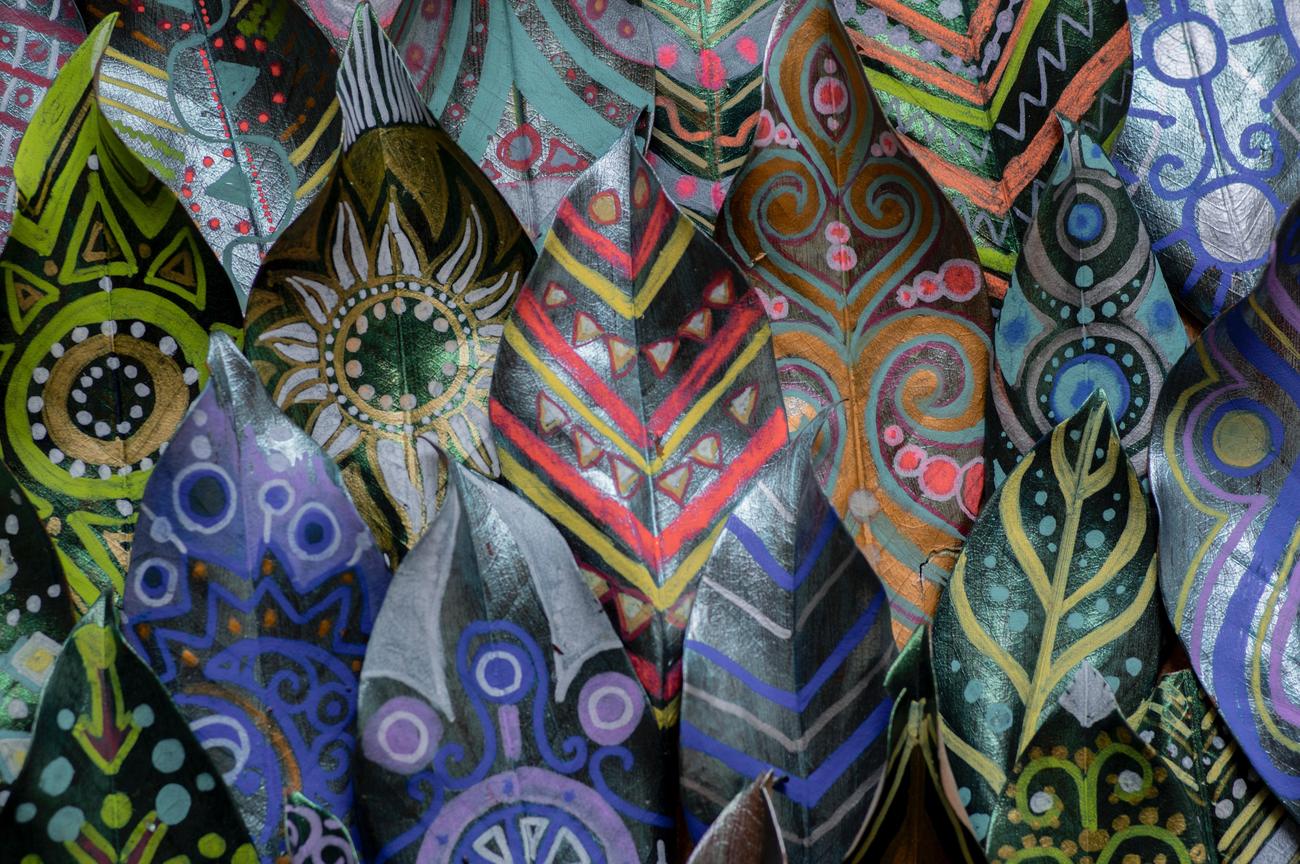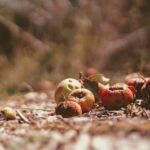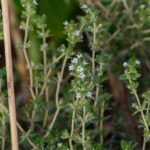If you’ve ever wondered about the hidden wonders of compost, get ready to dive into a world of surprising facts and curiosities that will reshape your understanding of this essential environmental practice. In this article, titled “Discover Fascinating Fun Facts About Compost,” we’ll explore two extraordinary aspects of composting: how birds cleverly utilize compost to incubate their eggs and the unexpected compostability of everyday items like white glue, cotton balls, and masking tape. Let’s embark on a journey that will unveil the remarkable and often overlooked wonders of compost!
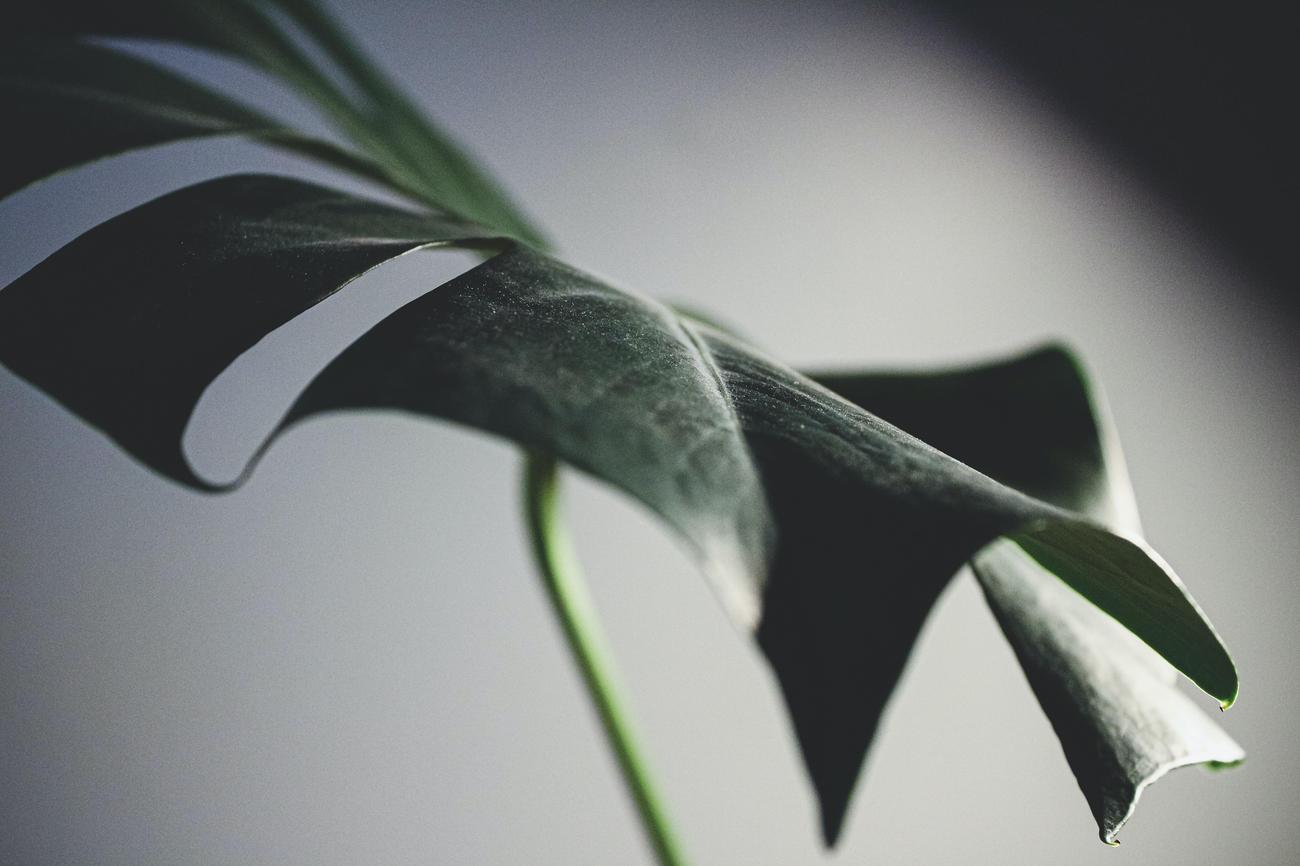
Fun Facts About Compost
Compost is more than just a pile of decomposing organic matter—it is a fascinating world of micro-organisms and natural processes that can benefit both the environment and communities. In this section, we will dive into some fun and surprising facts about compost that will surely capture your interest.
Compost: A Living Ecosystem
Did you know that a mere teaspoonful of soil contains more micro-organisms than there are humans alive on the planet? It’s true! Soil and compost are teeming with life, supporting a complex web of tiny creatures that play vital roles in decomposition and nutrient cycling. These micro-organisms, including bacteria, fungi, and insects, contribute to the health and fertility of our soils, ultimately benefiting plant growth.
“Compost is a living ecosystem, bustling with micro-organisms that work together to break down organic matter and create nutrient-rich soil.”
Preventing Soil Erosion
Have you ever wondered why some soil blows away easily in the wind, while others remain firmly in place? The answer lies in the presence of compost and humus. Soils lacking these vital components are more prone to erosion, as their structure becomes loose and vulnerable. However, when we incorporate compost into the soil, it improves its structure, helping to prevent erosion and create a stable foundation for plants.
“Compost acts like nature’s glue, holding soil particles together and safeguarding against the perils of wind erosion.”
A Long History of Composting
Composting is not a recent development; it has been practiced for centuries! Ancient civilizations, such as the Greeks and Romans, recognized the value of decomposing organic matter and used it as a means to enrich their agricultural practices. This long history of composting showcases its enduring importance and effectiveness in sustainable farming methods.
“Composting is an age-old tradition that has stood the test of time, proving its value in civilizations across the globe.”
Fighting Food Waste, One Compost Heap at a Time
Every year, a staggering amount of food ends up in landfills, contributing to greenhouse gas emissions and environmental degradation. However, composting offers a powerful solution to combat this issue. By diverting food waste to compost heaps, we can transform it into nutrient-rich soil that replenishes our gardens and fields, reducing the reliance on artificial fertilizers.
“Composting is not just a method of waste disposal; it is a way of giving food scraps a second chance and closing the loop of sustainability.”
Building Resilient Communities
Composting isn’t just about creating earth-friendly soil; it also brings communities together. Many neighborhoods and cities have embraced community composting initiatives, where residents can contribute their food scraps and garden waste to a communal composting system. This collaboration not only reduces waste but also fosters a sense of shared responsibility for the environment.
“Composting is a catalyst for community engagement, uniting individuals with a common goal of environmental stewardship.”
A Remedy for Drought-Stricken Soil
Droughts can wreak havoc on soil, depleting its moisture and rendering it inhospitable for plants. But did you know that compost can help alleviate these conditions? By adding compost to dry and arid soil, we can improve its water-holding capacity and enhance its ability to retain moisture, creating a more resilient environment for plants to thrive.
“Compost acts as a life-giving elixir for parched soil, rejuvenating it and providing a lifeline for struggling plants.”
The Fire Within Compost Piles
Although composting is a natural and beneficial process, it can sometimes ignite its own mini inferno! Compost piles, especially when composed of materials high in nitrogen content, have been known to spontaneously combust. The heat generated from the decomposition process can reach high temperatures, causing the pile to catch fire. So, it’s crucial to monitor compost piles regularly and ensure proper aeration.
“Compost piles, while usually harmless, can surprise us with their fiery ambitions. Regular monitoring and proper aeration are essential to avoid compost infernos!”
Compost: A Source of Heat
Speaking of heat, composting can even provide warmth beyond its spontaneous combustion. In colder regions, people have utilized compost to heat their greenhouses or even parts of their homes. By constructing an insulated compost pile and circulating air through it, the decomposing materials generate a gentle and sustainable heat source, helping to maintain the ideal temperature for plants or even provide warmth indoors.
“Compost is not just a soil amendment; it can be a renewable source of heat, bringing warmth and life to chilly spaces.”
Balance is Key
While compost piles can generate heat, it’s important to remember that like anything else, compost can get too hot. Excessive heat can inhibit the activity of beneficial micro-organisms, potentially slowing down the composting process. That’s why it’s crucial to monitor the temperature of compost piles and ensure they stay within the optimal range to promote efficient decomposition.
“In the world of composting, achieving the perfect balance is paramount. Just like a warm hug, compost should provide the right conditions to nurture life and promote decomposition.”
As you can see, compost is far more than meets the eye. It engulfs us in a fascinating world of miniature creatures, rich history, and abundant environmental benefits. From nourishing plants and preventing erosion to fighting food waste and bringing communities together, composting represents a sustainable solution with boundless potential. So, let’s continue to discover, explore, and celebrate the incredible wonders of compost!
Table: Fun Facts About Compost
| Fact | Source |
|---|---|
| A teaspoonful of soil contains more micro-organisms… | bbc.co.uk |
| Compost helps prevent soil erosion. | scarabmfg.com |
| Composting has a long history. | sustainablejungle.com |
| Composting reduces food waste and greenhouse gas emissions. | sustainablejungle.com |
| Composting fosters community engagement. | bbc.co.uk |
| Compost improves soil resilience during droughts. | bbc.co.uk |
| Compost piles can combust spontaneously. | scarabmfg.com |
| Composting can provide heat for greenhouses or homes. | sustainablejungle.com |
| Compost can get too hot and slow down the process. | bbc.co.uk |
Fun Facts About Compost
Composting is not only an effective way to reduce waste but also an intriguing process that has a rich history. Did you know there are fascinating facts about compost that can blow your mind? Let’s explore some intriguing questions – What is composting for kids facts? Have you ever wondered how old compost actually is? Or, can compost really expire? Discover the answers to these questions and more by clicking on the links below.
- Did you know facts about compost?
- What is composting for kids facts?
- What are 3 benefits of compost?
- Why is compost called compost?
- Who made the first compost?
- How old is compost?
- Can compost expire?
- How fast can compost be made?
- Is compost just soil?
As you dive deeper into the world of compost, be prepared to be amazed by the wonders it holds. Whether you are a gardening enthusiast or simply curious about eco-friendly practices, these fun facts will not disappoint. Don’t miss out on the chance to uncover the mysteries hiding within the realm of composting. Click on the links above and embark on a journey of discovery.
Birds Use Compost to Incubate Their Eggs
When we think of composting, we often envision a practice that humans engage in to improve soil fertility and reduce waste. But did you know that some birds have taken their composting skills to the next level? A fascinating example of this can be found in the Australian Brush-turkey, a master composter of the avian world.
These remarkable birds create elaborate mound-like compost piles, which can reach staggering proportions of up to 12.7 cubic meters and weigh almost 7000 kilograms! So why do they go to such great lengths to build these massive compost heaps? The answer lies in the unique benefits that composting provides for egg incubation.
The heat generated by the composting process serves as a natural incubator, allowing the Australian Brush-turkey to incubate a considerably larger number of eggs than it could possibly sit on. By carefully monitoring the temperature of the compost with its beak, the bird can add or remove compost material to maintain the ideal incubation heat. It’s like the Brush-turkey has its very own thermostat!
This interesting behavior isn’t limited to just one species of bird. The Mallee Fowl, also native to Australia, follows a similar composting strategy to incubate its eggs. These birds truly know how to make the most of nature’s composting powers!
Fun Fact: Birds like the Australian Brush-turkey and the Mallee Fowl use compost to create natural incubators for their eggs, harnessing the heat generated by the composting process. This unique behavior showcases the incredible adaptability and resourcefulness of these avian composting enthusiasts.
The relationship between birds and composting offers a captivating glimpse into the long history and versatility of this practice. Composting has been used by humans for thousands of years, dating back to the Neolithic era. In fact, its popularity extended to famous figures such as the American President George Washington, who abandoned tobacco cultivation in favor of soil improvement through composting.
Key Takeaway: Composting has a rich historical background, with evidence of its existence dating back to ancient times. Its benefits have been recognized and utilized by various individuals, including influential figures like George Washington. This age-old practice continues to find new applications and connections in the natural world.
While birds show us one fascinating aspect of composting, there are many more intriguing facts to uncover. Did you know that compost piles should ideally reach temperatures between 50-75 degrees Celsius? This heat range is crucial in ensuring that the microbes responsible for breaking down organic materials are working efficiently.
Did You Know?: To achieve optimal composting, the temperature within compost piles should fall between 50-75 degrees Celsius. This range promotes the activity of essential microorganisms that break down organic matter, aiding in the decomposition process.
Composting, although a widely-known practice, still holds surprises and lesser-known applications. Take, for instance, the intriguing but potentially dangerous inclusion of organic compound TNT in compost. While TNT can be used as an ingredient, it comes with a risk – it can cause compost piles to explode! However, it’s safe to say that this explosive addition is much better left to the realm of imagination rather than practice.
Cautionary Note: While composting allows for a wide range of organic materials to be recycled, it’s important to exercise caution. Certain substances, like TNT, should not be used, as they can lead to dangerous situations, including explosive compost piles!
Composting doesn’t just limit itself to waste reduction and soil improvement; it can even be harnessed to transform human remains into usable compost. Known as “human composting,” this innovative approach not only reduces carbon emissions but also presents a unique form of environmentally friendly burial.
Innovative Approach: Composting can extend its transformative powers beyond waste reduction and soil enhancement. Human composting presents an innovative and eco-friendly alternative to traditional burial practices, reducing carbon emissions while enabling the conversion of human remains into usable compost.
From birds creating compost mounds to historical figures embracing the practice, and even its potential in transforming human remains, composting is a vast and marvelously diverse subject. Exploring the fascinating world of compost reveals not only its ecological importance but also its ability to intertwine with the lives of birds, historical figures, and even the circle of life itself.
Final Thoughts: The captivating world of composting unveils a wide range of surprising and thought-provoking connections. From birds utilizing compost for egg incubation to historical figures prioritizing soil improvement through composting, and even the potential for human remains to become compost, there is no shortage of surprises in this fascinating realm.
So the next time you come across a compost pile, take a moment to appreciate the hidden wonders it holds. Who knows what remarkable stories and connections lie within the depths of those organic layers?
Wonder Within Waste: The ordinary compost pile becomes extraordinary when we uncover the hidden stories and remarkable connections it holds. The wonders of nature and the fascinating behaviors of birds remind us that even in the most unlikely places, the seed of curiosity can grow into a breathtaking garden of knowledge.
3. White Glue, Cotton Balls, and Masking Tape: Surprising Compostable Materials
Did you know that some of the items you use every day can actually be composted? It’s true! In addition to the typical organic matter like kitchen scraps and yard waste, certain unexpected items like white glue, cotton balls, and masking tape can also find a new life in your compost pile.
White glue is a common adhesive used in various crafts and DIY projects. You might be surprised to learn that it is actually compostable. White glue is typically water-based, which means it contains natural polymers that can break down in the composting process. As these polymers degrade, they contribute to the organic matter in your compost, eventually transforming into nutrient-rich soil.
“Who would have thought that your craft projects could contribute to a greener world? By composting white glue, you’re not only diverting waste from landfills but also enriching your soil with valuable nutrients.”
Cotton balls, often used for cosmetic purposes or cleaning, are also compostable. Made from 100% cotton, these small fluffy balls can decompose in the compost pile just like any other plant-based material. Cotton is natural and biodegradable, meaning it will break down over time, adding beneficial organic matter to your compost.
“Next time you’re removing makeup or applying astringent, think about the potential of those cotton balls. Instead of tossing them in the trash, toss them into your compost, and watch as they contribute to the growth of your plants!”
Masking tape, commonly used for various household and DIY projects, is another surprising compostable material. Some varieties of masking tape are made with a paper backing and a water-based adhesive, which means they can break down in the composting process. By composting masking tape, you’re not only reducing waste but also ensuring that your compost remains free from non-biodegradable materials.
“Imagine being able to tape things up without worrying about the environmental impact. Composting masking tape allows you to do just that. It’s a small change that can make a big difference in your composting efforts.”
It’s important to note that not all glues, cotton balls, or tapes are compostable. Many adhesives and tapes on the market contain synthetic or non-biodegradable materials that can harm the composting process. If you’re unsure whether a specific brand or type of adhesive is compostable, it’s best to do some research or look for products that carry compostability certification.
In conclusion, composting goes beyond your typical food scraps and yard waste. Surprising items like white glue, cotton balls, and masking tape can also be composted, adding to the organic matter and nutrients in your compost pile. By incorporating these unexpected materials into your composting routine, you’re taking a step towards a more sustainable and eco-friendly lifestyle.
“Next time you reach for that white glue, cotton ball, or roll of masking tape, think about the impact it can have on your compost. You have the power to turn everyday items into valuable resources for your garden. It’s composting made easy!”
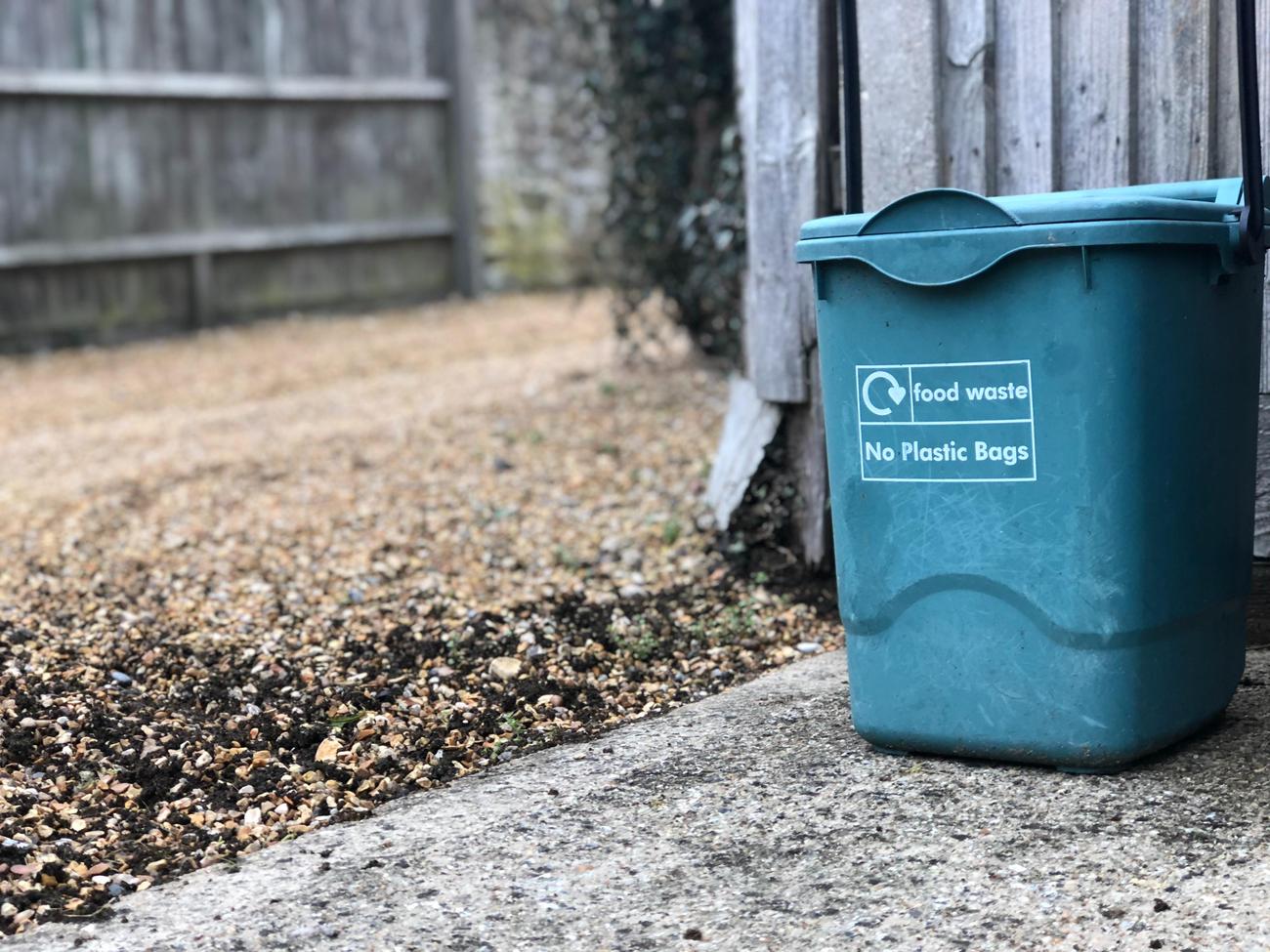
FAQ
Q: How do birds use compost to incubate their eggs?
A: Birds like the Australian Brush-turkey and the Mallee Fowl create compost piles to incubate their eggs. They use the heat generated by the compost to maintain the ideal incubation temperature. The compost piles created by birds can reach up to 12.7 cubic meters and weigh almost 7000 kilograms. The birds check the temperature of the compost with their beaks and can add or remove compost material to regulate the heat.
Q: What are some interesting facts about the use of compost by birds?
A: The Australian Brush-turkey’s compost pile can allow it to incubate many more eggs than it could sit on. Additionally, composting is not limited to the Australian Brush-turkey, as the Mallee Fowl also creates compost piles for incubation. These fascinating birds have evolved to utilize composting as a natural way to ensure the successful incubation of their eggs.
Q: What materials are compostable related to white glue, cotton balls, and masking tape?
A: White glue, 100% cotton balls, and masking tape with water-based white glue are all compostable materials. Choosing compostable adhesives allows for guilt-free use without worrying about waste. These materials can be composted to turn them into soil instead of sending them to landfills or recycling facilities.
Q: Can compostable tapes be dissolved in water after use?
A: Yes, compostable tapes can be dissolved in water after use, which helps to keep them out of landfills. By dissolving them in water, they can break down more easily and become part of the composting process.
Q: How can adhesives in compostable materials earn compostability certification?
A: Adhesives in compostable materials need to degrade under specific conditions to earn compostability certification. This means that the polymers used in compostable adhesives should break down effectively and contribute to the composting process in a way that is beneficial for the environment.
- Unlocking It’s Greek to Me: A History and Meaning - March 28, 2025
- Ancient Greece Clothing Styles: A Complete History - March 28, 2025
- Unlock the US physical map: Comprehensive guide - March 28, 2025
